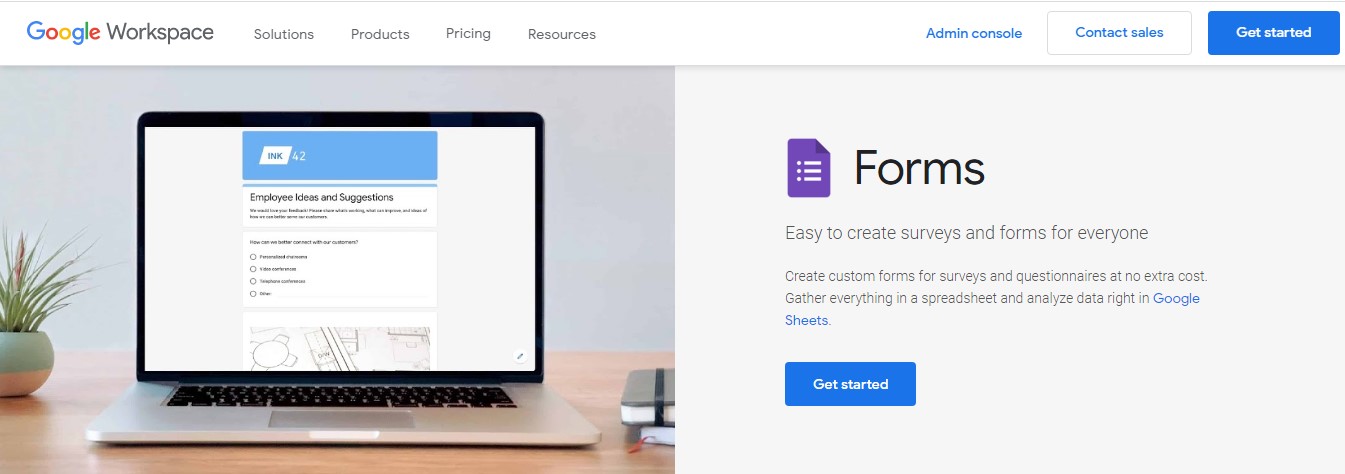How 3 Friends Turned A Fun Side Project Into A $120K/Year SaaS For Sports Facility Owners
Hello! Who are you and what business did you start?
Hi everyone! My name is Jeet Mehta and I’m one of the founders of Swift App - we build software to help sports facility owners run their businesses.
Our niche is for indoor baseball facilities - and if you’ve never been to one of these before, imagine a “factory floor” that’s covered with long, rectangular “cages” where athletes can have a hit.
Generally, the owners of these facilities are spending hours on the phone every week handling bookings for batting cage rentals, lessons, classes, and clinics. Our flagship product (the software) helps them free up this valuable time, set up online payments, and open up new streams of recurring revenue!
Behind the scenes, the software also helps facility owners manage their staff, schedule their availability for lessons, view reports on their business, and more.
It’s also a win for their customer (the player, parent, or athlete), who gets a 1-click online booking experience instead of having to call in to make a reservation.
We’ve grown the business to $10K/month and have been profitable since day one.

Download the report and join our email newsletter packed with business ideas and money-making opportunities, backed by real-life case studies.

Download the report and join our email newsletter packed with business ideas and money-making opportunities, backed by real-life case studies.

Download the report and join our email newsletter packed with business ideas and money-making opportunities, backed by real-life case studies.

Download the report and join our email newsletter packed with business ideas and money-making opportunities, backed by real-life case studies.

Download the report and join our email newsletter packed with business ideas and money-making opportunities, backed by real-life case studies.

Download the report and join our email newsletter packed with business ideas and money-making opportunities, backed by real-life case studies.

Download the report and join our email newsletter packed with business ideas and money-making opportunities, backed by real-life case studies.

Download the report and join our email newsletter packed with business ideas and money-making opportunities, backed by real-life case studies.



























